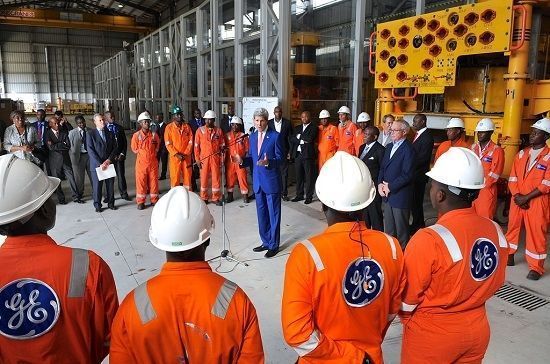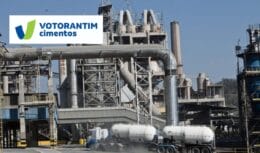

Com a Toyota Hilux GR-Sport como principal rival, a nova Ford Ranger Raptor se destaca por sua potência e capacidade off-road
25 de abril de 2024 —
Bruno Teles

5 motos usadas baratas que ainda brilham no asfalto: Honda, Yamaha, Suzuki, Harley-Davidson e mais
25 de abril de 2024 —
Roberta Souza

Multinacional General Electric procura dezenas de profissionais de nível médio e superior: há vagas home-office e para quem não tem experiência, não há limite de idade, todo o Brasil pode se candidatar!
25 de abril de 2024 —
Flavia Marinho


Maior do Brasil, USP abre dezenas de vagas em cursos online gratuitos
25 de abril de 2024 —
Roberta Souza

Top 10 maiores empresas de petróleo do Brasil e do mundo em 2024!
25 de abril de 2024 —
Roberta Souza











